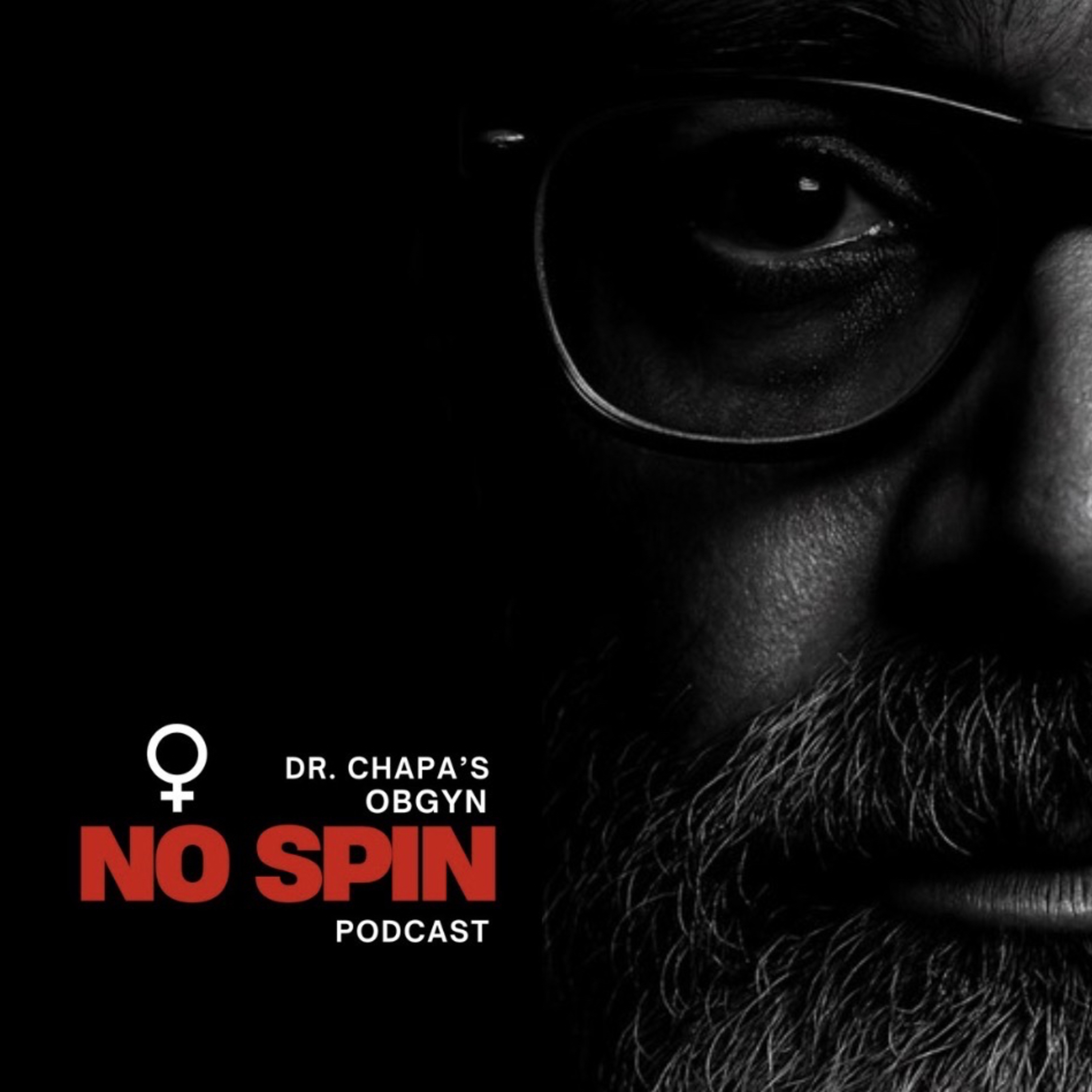

Dr. Chapa’s OBGYN Clinical Pearls
Dr. Chapa’s Clinical Pearls
Relevant, evidence based, and practical information for medical students, residents, and practicing healthcare providers regarding all things women’s healthcare! This podcast is intended to be clinically relevant, engaging, and FUN, because medical education should NOT be boring! Welcome...to Clinical Pearls.
Episodes
Mentioned books

10 snips
Jan 13, 2024 • 42min
Beyond the 22 Week Birth
The podcast explores the shifts in viability for premature infants, focusing on the ability to resuscitate and care for babies as young as 22 weeks and weighing as little as 500 grams. Ethical debates and commentaries surrounding this advancement are discussed. The challenges and potential complications of neonatal resuscitation at 22 weeks and the impact on long-term baby health are explored. The chapter also delves into survival rates, neurodevelopmental outcomes, and factors affecting the outcomes of babies born between 22 and 28 weeks.

Jan 12, 2024 • 6min
NIPTS Clarify: “46 XX or 46 XY”?
This is NOT our regularly scheduled episode. Based on an incredible comment from Rachel – one of our podcast family members, which I received just moments ago, this was too good to not put out. A brief clarification on NIPTS and “46XX or 46XY”. (This is a supplement to our immediate past episode.) 😊😊🧐🧐

21 snips
Jan 11, 2024 • 51min
NIPT’s Sex Chromosome Abnormalities: Clinical Pearls.
Exploring the complexities and controversies of non-invasive prenatal testing (NIPT) for sex chromosome abnormalities. Highlighting the need for separate analysis and the ethical concerns surrounding this screening method. Discussing limitations, interpreting abnormal results, and the potential consequences of false results. Sharing a personal story about bronchitis and the growing podcast community. Discussing an unusual medical case presented by a resident, while emphasizing important clinical facts.

6 snips
Jan 7, 2024 • 48min
No Data, No Problem!
In this podcast, the speaker discusses two interventions in pregnancy that lack strong evidence: "test of cure" urine culture after treatment of ASB or cystitis, and specific yoga positions/Miles circuit as preparation for labor. The controversy surrounding the necessity of a repeat urine culture and the potential complications of asymptomatic bacteria in pregnancy are explored. The benefits of different positions during labor and physical activity in late pregnancy, such as reducing anxiety and shortening labor duration, are also discussed.

8 snips
Jan 5, 2024 • 36min
UPDATES Re: RHD Alloimmunization
This podcast discusses the advancements in NIPS for identifying fetal RH genotype, preventing hemolytic disease of the newborn through Rogam, updates on RH testing and treatment guidelines, molecular testing for autosomal recessive conditions, and the introduction of a NIP test revolutionizing RH negative mothers' care.

Jan 3, 2024 • 50min
Teratoma's "Crazy" Side: The "Brain on Fire"
Historically a range of psychiatric and medical conditions have been erroneously attributed to 2 gynecological organs/function. During the time of Hippocrates, the “wandering womb” theory blamed emotional disturbances in women on this condition. Not only was that erroneous, it was nonsensical. However, certain gynecological conditions can indeed manifest with neuro-behavioral disturbances. One of these
syndromes can be triggered by the presence of an ovarian dermoid. Anti-N-methyl-D-aspartate receptor (NMDA-R) encephalitis is a paraneoplastic limbic syndrome which may be caused by ovarian teratomas containing neural components. Neural tissue in a
teratoma can trigger the production of anti-NMDA-R antibodies, which causes neuronal dysfunction and loss by altering the neuronal cell-surface NMDA receptors in the limbic system. This syndrome presents with a range of psychiatric, neurological and autonomic features and if not promptly recognized and treated may be associated with long-term morbidity and mortality. Rare…yes. But it is out there in the community and patients are at HIGH risk of misdiagnosis. In this episode we will discuss this “Brain on Fire” syndrome and highlight a real case contributed by one of our podcast family members (HIPPA protected).

6 snips
Dec 31, 2023 • 44min
“LUST” for TOLAC: Last Episode for 2023!
Exploring the controversy around measuring lower uterine segment thickness (LUST) for TOLAC approval. Discussing the complexities and controversies of this measurement. Highlighting the challenges and concerns of multiple C-sections and TOLAC. Comparing different studies and expressing skepticism towards suggested evaluations. The Lower Uterine Segment Trial (LUST) found no significant decrease in adverse outcomes with ultrasound measurements. Emphasizing the importance of conducting randomized controlled trials in the medical field.

Dec 28, 2023 • 37min
Year of the Doula
It’s no surprise and understatement to say that the US maternal/neonatal morbidity and mortality rates have to improve. As a way to increase maternal supportive care, an increasing number of states are turning to cover Doula services. Despite this forward thinking, there are still misperceptions, misunderstandings, and “boundary” issues regarding Doulas which must be addressed. Are Doula interventions evidence based? Are Doula services related to improved maternal and neonatal outcomes? What is the position from the ACOG? Does the March of Dimes have a position statement? We will answer all of these questions and explain why 2024 may be the “Year of the Doula” in this episode.

4 snips
Dec 26, 2023 • 40min
NEW DATA: Fetal Growth Trajectories – the Growth Velocity Issue
The podcast explores the concept of slowed fetal growth as a risk factor for stillbirth. They introduce new data validating this concept and discuss a free online fetal growth trajectory calculator. The significance of tracking fetal growth trends through ultrasounds is emphasized, along with the risks associated with stillbirth. The implications for delivery and the importance of serial ultrasounds and patient education are also discussed. A study assessing different models to predict stillbirth risk based on fetal growth is highlighted.

11 snips
Dec 23, 2023 • 30min
SMFM HBV Consult Series #69: Dec 21, 2033.
The podcast discusses the updated guidelines for managing Hepatitis B in pregnancy. Topics include vaccination, screening, and medication during pregnancy, the risk factors for perinatal transmission, and the management of positive viral infections. The importance of neonatal immunoprophylaxis, monitoring liver function, and adult vaccination are also highlighted.


